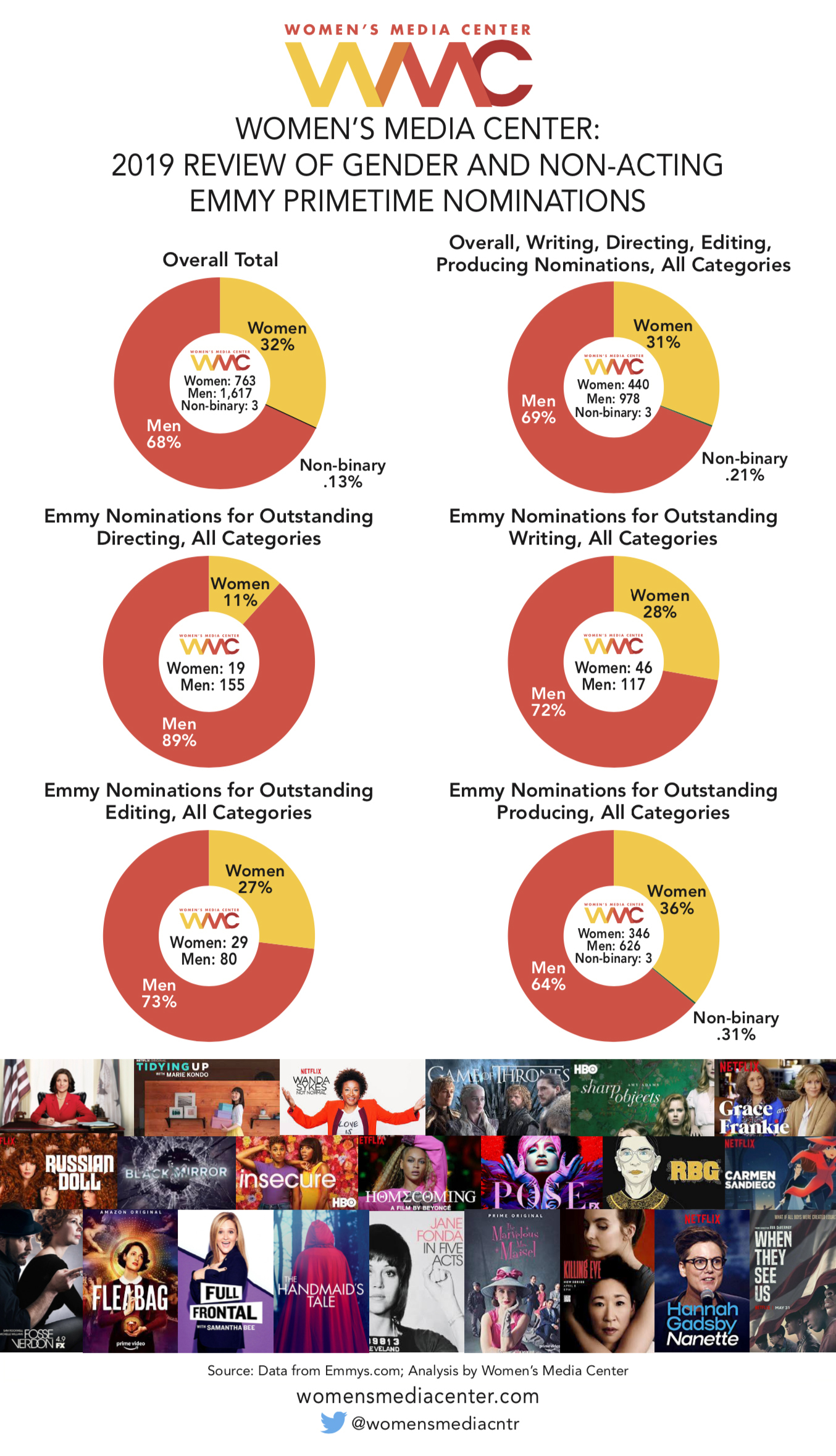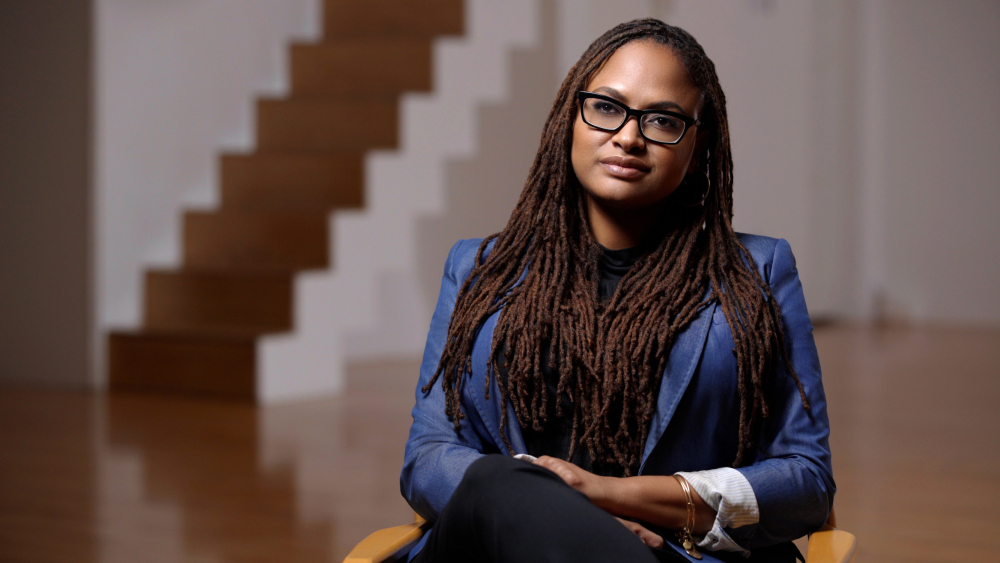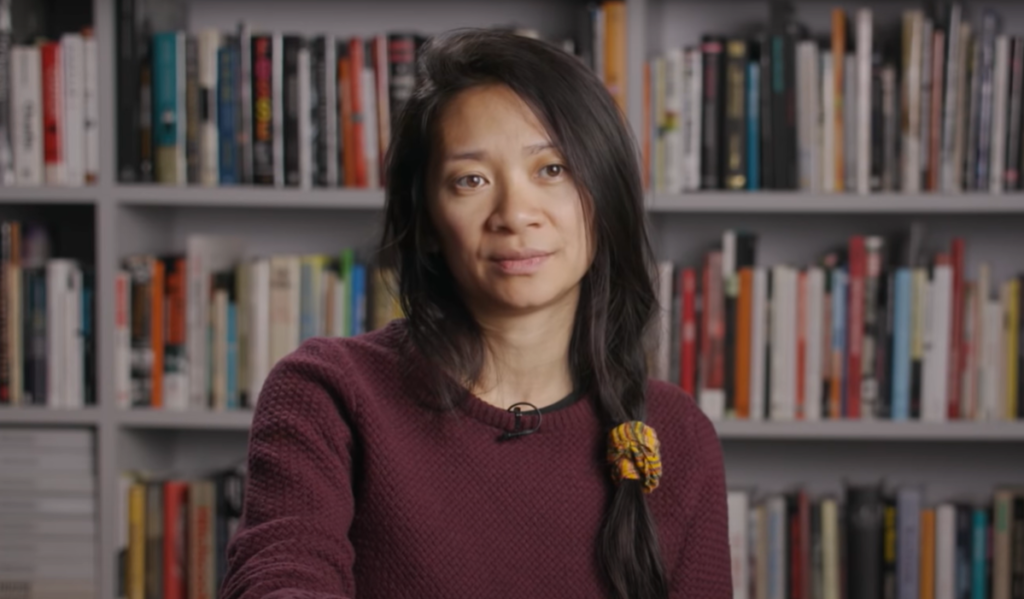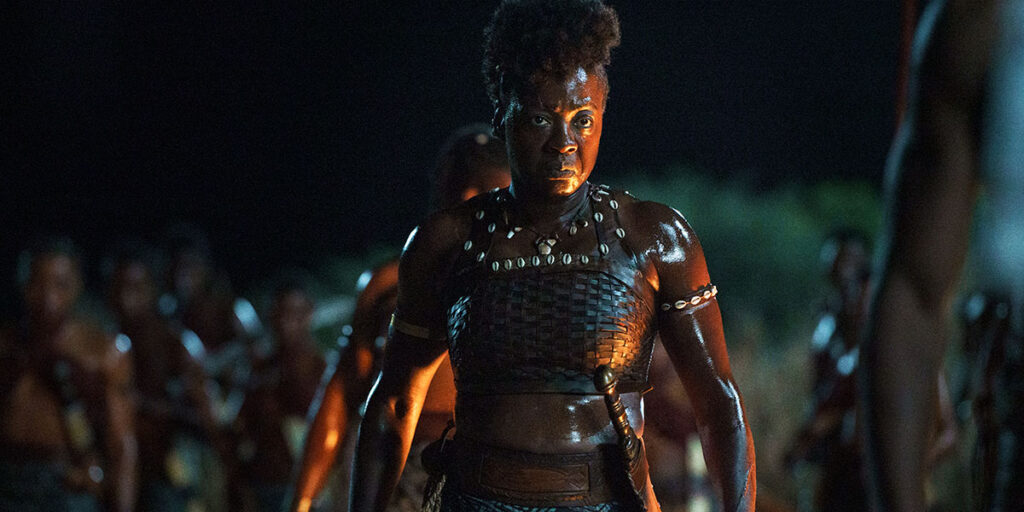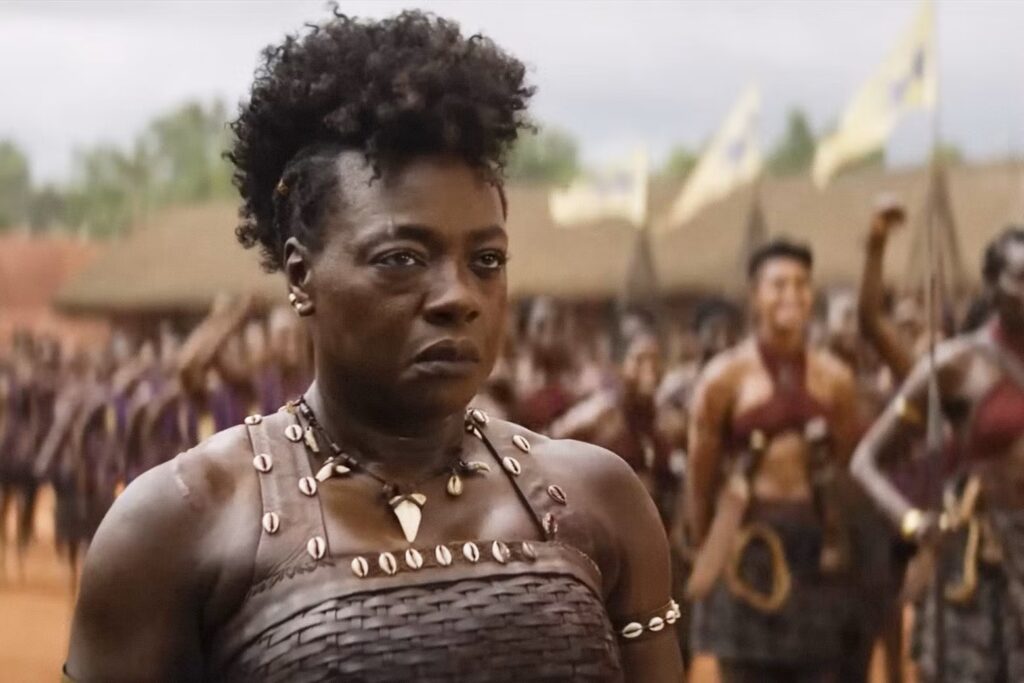As the latest “Boxed In” report showed, the overall number of women on both sides of the camera increased in the 2018-2019 television season. Many projects from women creators, such as Phoebe Waller-Bridge’s exceptional second season of “Fleabag” and Ava DuVernay’s searing Netflix miniseries “When They See Us,” have been rightfully rewarded with 2019 Emmy noms and praise. However, despite these advances, the latest gender equity report from the Women’s Media Center (WMC) reveals that the Emmys still have a long way to go.
WMC’s research highlights a slight increase — of about two percent — for female nominations in multiple non-acting categories. Nominations for women behind the scenes represent only 32 percent across 98 total categories.
Though these numbers have increased across major writing, producing, editing, and directing categories.– they’re up five point’s from last year’s findings — women still only make up 31 percent across the board to men’s 69 percent.
As WMC stresses, this increase is largely due to many women spearheading their own projects and covering multiple jobs on set, thereby earning multiple noms for the same project. Phoebe Waller Bridge, Ava DuVernay, Amy Sherman-Palladino (“The Marvelous Mrs. Maisel”), and Beyoncé Knowles-Carter (“Homecoming: A Film By Beyoncé”) are all nominated in multiple categories.
Examining each category more closely is therefore crucial. The number of nominated female directors still lies at 19, or 11 percent, to men’s 155, or 89 percent. Women received only 27 percent of editing nominations, 28 percent of writing nomination, and 31 percent of production nominations.
Female representation decreased by a point, to 34 percent, across technical categories, where six categories remain exclusively male.
“The importance of Emmy nominations for women in front of and behind the camera cannot be overstated. Nominations can lead to better pay and more opportunities, but women will never have a chance at equal status in nominations until they have equal employment and leadership opportunities in the industry,” said Julie Burton, president and CEO of the Women’s Media Center. “In particular, the behind-the-scenes roles are powerful positions and critical in shaping the images and representation of women on screen. We must level the playing field for women if the entertainment industry is to be transformed and reflect the diversity and inclusivity of audiences. It’s not only what audiences want, but also what they deserve.”
WCM co-founder and “Grace and Frankie” star Jane Fonda added, ““These numbers show the clear gender disparity in behind-the-scenes roles for women in network, cable and streaming. The Women’s Media Center will continue to put pressure on Hollywood until there is equality in television.”
There is no doubt that the fight for industry inclusion — from development to awards season — still has a very, very long way to go, but there are a number of nominees who made history this year. DuVernay and Knowles-Carter became the first black women to receive multiple nominations for directing in a single year. Janet Mock and Our Lady are the first openly transgender women to be nominated for producing. They are being recognized for “Pose,” an FX drama centered around queer people of color in ’90s New York.
You can read the full study here. Check out an infographics of its findings below, courtesy of WMC.
